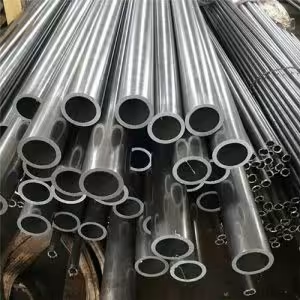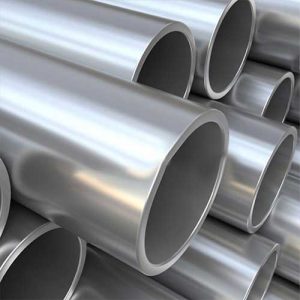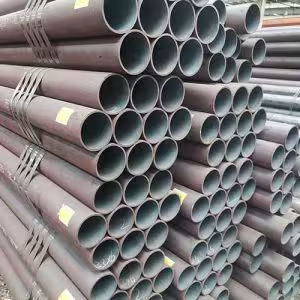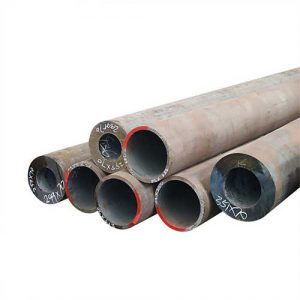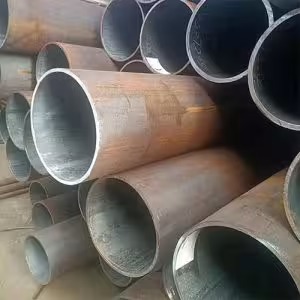Welcome to My Blog!
Before we dive into the content, I’d love for you to join me on my social media platforms where I share more insights, engage with the community, and post updates. Here’s how you can connect with me:
Facebook:https://www.facebook.com/profile.php?id=61565500692293
Now, let’s get started on our journey together. I hope you find the content here insightful, engaging, and valuable.
Table of Contents
Introduction
Seamless steel pipes are an essential component in various industries, from construction to oil and gas. These pipes are known for their strength, durability, and resistance to corrosion, making them a popular choice for many applications. One of the critical factors to consider when selecting seamless steel pipes is their size. This comprehensive guide will delve into the various seamless steel pipe sizes available, their specifications, and how to choose the right size for your project.
Understanding Seamless Steel Pipe Sizes
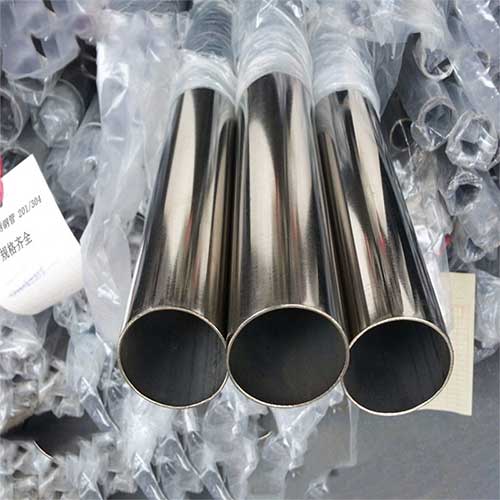
What Are Seamless Steel Pipes?
Seamless steel pipes are tubular products made from solid steel ingots. They are called “seamless” because they do not have a welded seam running along their length. This characteristic makes them stronger and more reliable than welded pipes, which can have weak points at the seams.
Why Choose Seamless Steel Pipes?
Strength and Durability: Seamless steel pipes are stronger than welded pipes due to the lack of a seam, making them less prone to leaks and failures.
Corrosion Resistance: The uniformity of the material provides better resistance to corrosion, which is crucial in harsh environments.
Precision: Seamless pipes can be made to tight tolerances, ensuring a consistent product that meets specific project requirements.
Types of Seamless Steel Pipes
Based on Material
Carbon Steel Pipes: These are the most common type, made from carbon steel, which is strong and cost-effective.
Alloy Steel Pipes: These pipes have additional elements like chromium, molybdenum, or nickel, enhancing their strength and corrosion resistance.
Stainless Steel Pipes: Known for their excellent corrosion resistance, these pipes are ideal for applications involving chemicals or seawater.
Based on Application
Structural Pipes: Used for structural support in construction projects.
Mechanical Pipes: Designed for mechanical applications where high pressure and temperature are involved.
Pressure Pipes: Used in systems where high pressure is a concern, such as in boilers or hydraulic systems.
Seamless Steel Pipe Size Specifications
Dimensions and Tolerances
The size of seamless steel pipes is typically defined by their outside diameter (OD) and wall thickness (WT). The inside diameter (ID) can be calculated by subtracting twice the wall thickness from the outside diameter.
| Outside Diameter (OD) | Wall Thickness (WT) | Inside Diameter (ID) |
|---|---|---|
| 10 mm | 2 mm | 6 mm |
| 20 mm | 2.5 mm | 15 mm |
| 30 mm | 3 mm | 24 mm |
| 40 mm | 3.5 mm | 33 mm |
| 50 mm | 4 mm | 42 mm |
Tolerances
The tolerances for seamless steel pipes are crucial to ensure they fit within the required specifications. The American Society for Testing and Materials (ASTM) and the International Organization for Standardization (ISO) provide standards for these tolerances.
Choosing the Right Seamless Steel Pipe Size
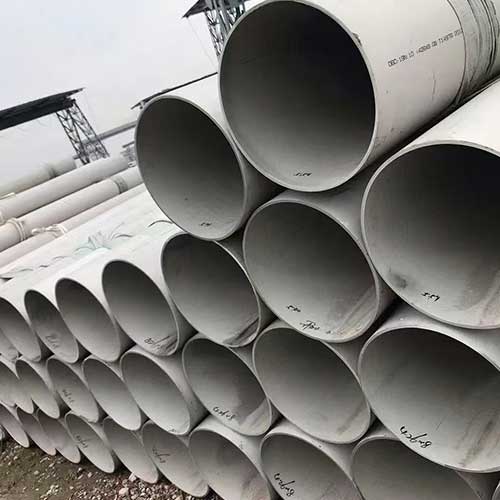
Factors to Consider
Pressure Rating: The pipe must be able to withstand the pressure it will be subjected to.
Temperature: The material and size should be suitable for the temperature range of the application.
Corrosion Resistance: Choose a pipe material that can resist the corrosive elements it will encounter.
Cost: Larger pipes or those with thicker walls will be more expensive.
How to Select the Size
Determine the Application: Understand the specific requirements of your project.
Consult Standards: Use industry standards to guide your selection.
Calculate Required Strength: Use engineering calculations to determine the necessary pipe strength.
Consider Future Needs: Choose a size that can accommodate potential future expansions or changes.
Conclusion
Seamless steel pipe sizes are a critical consideration for any project that requires the use of these pipes. By understanding the different types, materials, and specifications, you can select the right size for your needs. This guide has provided a comprehensive overview of seamless steel pipe sizes, helping you make an informed decision for your project.
FAQ
What is the difference between seamless and welded steel pipes?
Seamless steel pipes are made from a single piece of steel, while welded pipes are made by joining two pieces of steel together, creating a seam.
Are seamless steel pipes always stronger than welded pipes?
Yes, seamless steel pipes are generally stronger due to the lack of a seam, which can be a point of weakness in welded pipes.
How do I know if a seamless steel pipe is the right size for my project?
Consider the pressure, temperature, corrosion resistance, and cost requirements of your project to determine the appropriate size.
Can seamless steel pipes be used in any environment?
Seamless steel pipes are suitable for a wide range of environments, but their material and treatment will determine their specific suitability.
What are the common sizes of seamless steel pipes?
Common sizes range from small diameters of 10 mm to larger diameters of 50 mm and beyond, with varying wall thicknesses to suit different applications.



